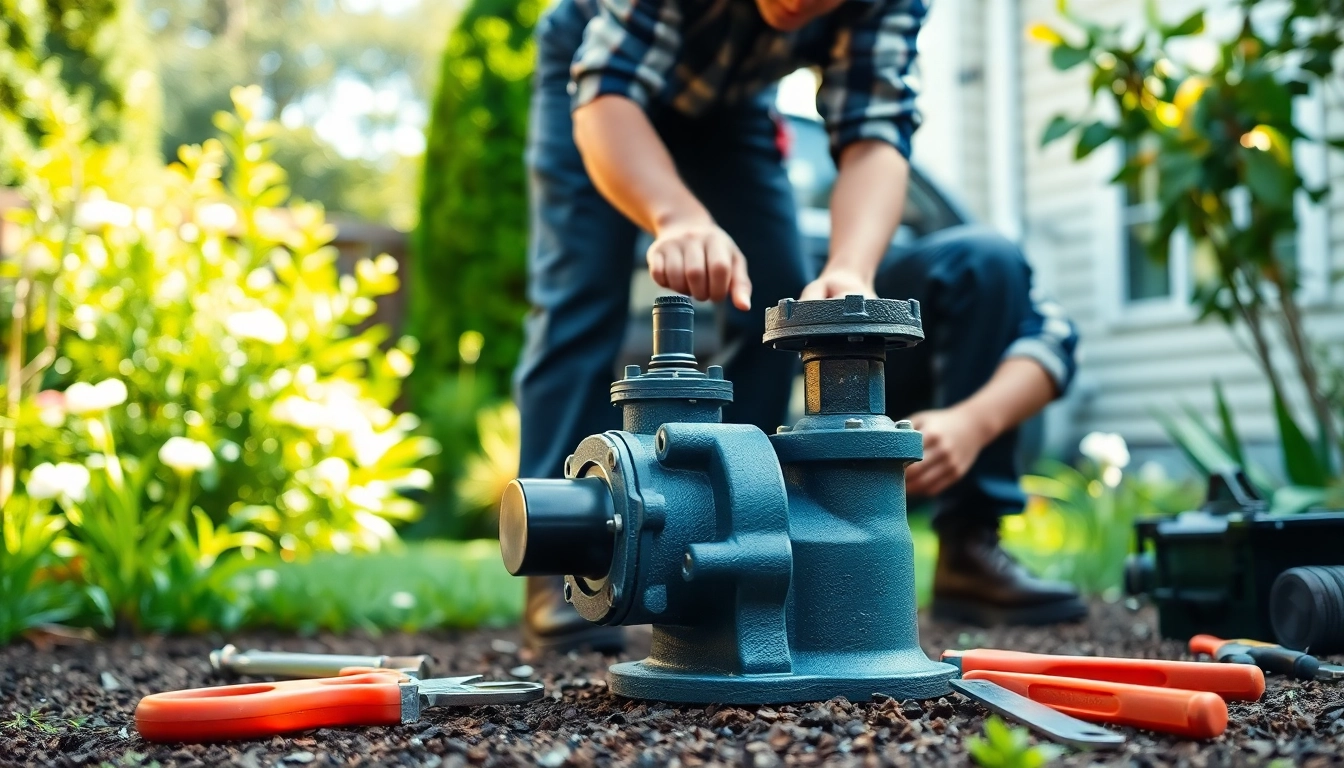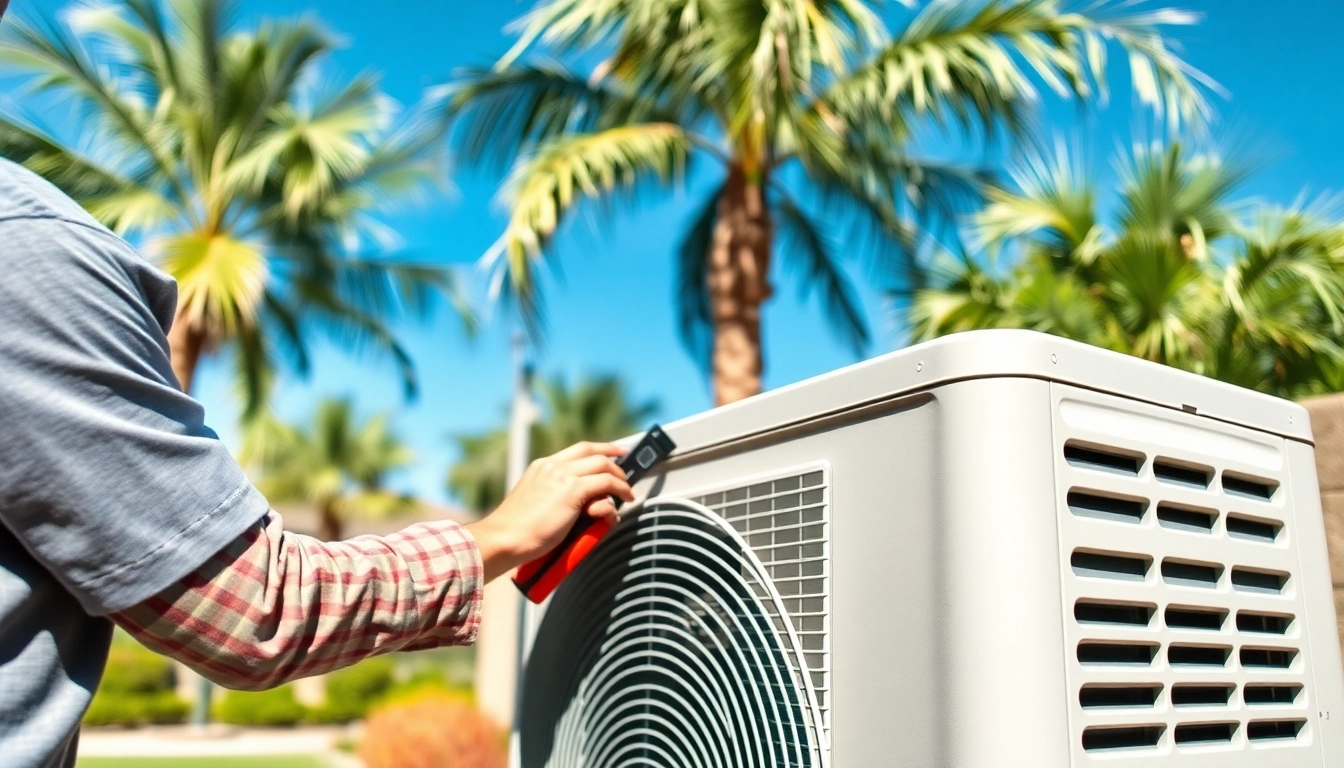Understanding Well Pump Replacement Lacey WA
When it comes to ensuring a consistent and reliable water supply from your well, the importance of well pump maintenance, repairs, and, if necessary, replacement cannot be overstated. For residents of Lacey, WA, understanding the ins and outs of well pump technologies and services is essential. In this article, we’ll cover various aspects of well pump replacement lacey wa, including identifying when a pump needs replacement, the types of pumps available, and the comprehensive process of installation and subsequent maintenance.
What is a Well Pump?
A well pump is a crucial component of any water well system. It is responsible for drawing water from underground aquifers and delivering it to your home or property. There are primarily two types of well pumps: submersible pumps, which are submerged underwater and can pump water to great depths, and jet pumps, which are typically located above ground and are used for shallower wells. The type of pump required generally depends on the depth of the water table and the specific water needs of the household.
Signs Your Well Pump Needs Replacement
Being vigilant about the condition of your well pump is crucial for maintaining an efficient water supply. Here are some common signs indicating that you may need a well pump replacement:
- Decreased Water Pressure: If you notice that your water pressure has dropped significantly, it could indicate that the pump is failing.
- Strange Noises: Unusual sounds such as grinding or sputtering may suggest mechanical failures within the pump.
- Inconsistent Water Supply: An irregular or intermittent water supply can be a clear indicator that the pump is malfunctioning.
- Visible Rust or Corrosion: Physical signs of wear and tear, such as rust, can greatly reduce the efficiency of your pump.
- Age of the Pump: If your pump is over 10 to 15 years old, it may be time to consider a replacement, especially if it’s showing other signs of wear.
Benefits of Professional Well Pump Services
Hiring professionals for well pump services ensures that your system runs effectively and efficiently. Some of the key benefits include:
- Expertise: Professional technicians have the knowledge and experience to diagnose and repair issues quickly.
- Safety: Well pumps can be dangerous to work on without proper training, so professionals can complete the job safely.
- Quality Work: Investing in professional service typically guarantees high-quality work and reliability.
- Long-Term Savings: Though professional services may involve upfront costs, they can save you money in the long run by preventing further damage and enhancing efficiency.
Choosing the Right Well Pump for Your Needs
Types of Well Pumps Available
Understanding the different types of well pumps available can help you make an informed decision:
- Submersible Pumps: These pumps operate underwater and are used for deep wells. They efficiently push water to the surface and require a robust motor.
- Jet Pumps: Ideal for shallow wells, jet pumps are installed above ground and pull water up through suction.
- Solar Pumps: An environmentally friendly option, solar pumps harness solar power, making them suitable for areas with limited electricity access.
- Hand Pumps: Best for emergency backups, hand pumps can be operated manually and are useful for shallow wells.
Factors to Consider When Selecting a Pump
Choosing the right pump involves considering several important factors:
- Your Water Needs: Assess how much water your household consumes daily to determine the appropriate pump capacity.
- Depth of the Well: The depth of the water level will dictate whether a submersible or jet pump is more suitable.
- Well Diameter: Some pumps require a specific diameter to fit properly, so confirm the size of your well before making a purchase.
- Power Source: Evaluate available power sources and consider alternatives like solar pumps if electricity is unreliable.
Cost Analysis of Well Pump Options
Analyzing the cost can greatly impact your decision-making process:
- Initial Cost: The cost of purchasing a well pump can vary widely, ranging from a few hundred to a few thousand dollars, depending on the type and capacity.
- Installation Costs: Don’t forget to budget for professional installation costs, which may vary based on location and complexity.
- Long-Term Repair Costs: Investing in a higher-quality pump may reduce the frequency of repairs, making it a cost-effective choice over time.
- Energy Efficiency: Consider the energy costs associated with running your pump; more efficient pumps can save you money on utility bills.
The Well Pump Replacement Process
Steps Involved in Replacing a Well Pump
The process of replacing a well pump is strategic and should be approached methodically. Here’s a step-by-step guide:
- Assessment: Determine if replacement is necessary based on performance evaluation.
- Selection: Choose the right pump based on your needs and well specifications.
- Power Shutdown: Safely turn off the power supply to your well pump to prevent any accidents during replacement.
- Pump Removal: Carefully remove the existing pump along with its related components.
- Installation: Set up the new pump as per the manufacturer’s guidelines.
- Testing: Conduct tests to ensure the pump operates correctly and fulfills the required pressure and flow rate.
- Final Touches: Restore power and check for leaks or odd noises during operation.
Tools and Equipment Required for Replacement
Using the right tools is essential for effective pump replacement. Common tools and equipment include:
- Pump Puller
- Wrenches and Mallet
- Pipe Wrenches
- Measuring Tape
- Voltage Tester
- Safety Gear (Gloves, Goggles)
Safety Precautions During Installation
Safety should be the top priority when replacing a well pump. Follow these precautions:
- Always wear protective gear to prevent injuries.
- Ensure that the power supply is off while performing the installation.
- Use appropriate lifting methods to avoid strains when handling the pump.
- Be cautious of water exposure near electrical connections.
Common Issues Post-Replacement
Maintenance Tips for Longevity
To maximize your new pump’s lifespan, consider the following maintenance tips:
- Regular Inspections: Conduct regular visual inspections to spot potential issues early.
- Keep it Clean: Make sure the area around the pump is clean from debris and vegetation.
- Monitor Performance: Keep an eye on water pressure and flow rates; any significant changes can indicate problems.
- Professional Maintenance: Schedule periodic professional maintenance checks to ensure optimal performance.
Troubleshooting Problems After Replacement
Occasionally, issues may arise after replacing a well pump. Here are common concerns and how to troubleshoot them:
- No Water Flow: Check for power supply, ensuring that the circuit breaker hasn’t tripped, and inspect the pump for blockages.
- Low Pressure: Inspect the pressure tank and check the pump for any leaks or malfunctions.
- Strange Noises: Abnormal sounds can stem from loose components or a misaligned pump; investigate and tighten fittings as needed.
When to Call for Professional Help
While troubleshooting some issues, you may need to seek professional assistance for certain situations. Consider calling a professional if:
- You are unable to resolve the problem after thorough inspection.
- There are signs of electrical issues or short circuits.
- You lack the necessary tools or skills to safely replace or repair the pump.
Finding Trusted Services for Well Pump Replacement Lacey WA
Researching Local Expertise
Finding experienced professionals for your well pump replacement requires diligent research. Start with the following methods:
- Online Reviews: Examine reviews on various platforms to gauge customer satisfaction.
- Referrals: Ask friends, family, or neighbors for recommendations based on their experiences.
- Warranties: Look for companies that offer warranties on their work as an assurance of quality.
Evaluating Customer Reviews and Testimonials
Customer feedback is crucial for evaluating the reliability of a service provider. Pay attention to:
- The consistency of positive feedback across multiple sources.
- How the company addresses complaints or negative reviews.
- Detailed reviews that discuss specific aspects of service quality and professionalism.
Questions to Ask Your Well Pump Service Provider
Before committing to a service provider, ask the following questions to ensure you’re making an informed decision:
- What is your experience with well pump installations and replacements?
- Can you provide references from past clients?
- What warranties do you offer on your services and products?
- Are your technicians licensed and insured?
By understanding the complexities of well pump replacement lacey wa, you can navigate the process with confidence, knowing how to choose the right pump, conduct replacements safely, and maintain your system effectively for years to come.



